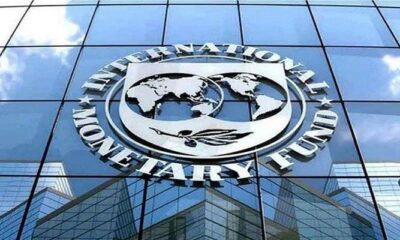

Of the four fundamental interactions, gravitation is the dominant at astronomical length scales. Gravity effects are cumulative; by contrast, the effects of positive and negative charges tend...


We should not expect an economic revolution in the coming months at the European Central Bank. Christine Lagarde, its future president, spoke out in favor of...


The new government has a great opportunity in agribusiness. Perhaps the only one. Alberto Fernandez’s economic references have not spoken much in recent days, but two...


“This feat of going below 2 hours in a marathon seemed impossible. I can say that I am the happiest man in the world. The final stretch of...


Details in press conference On Friday, Germany’s second-largest Volksbank confirmed corresponding reports by the magazine “Spiegel” and the “Welt am Sonntag”. Details will be announced by...


By astronomical convention, the four seasons can be determined by the solstices—the points in the orbit of maximum axial tilt toward or away from the Sun—and...


During September, the value of the family poverty basket rose 5.4%, in 12 months 54.2% and is worth: $ 34,784.75, according to Indec’s calculation. With this...


The new executive director of the International Monetary Fund, Kristalina Georgieva, gave her first public speech in her position and made reference to countries that have...


Six years ago, spurred on by a market with an appetite for innovation, major technology ventures were showing the world their glittering smartwatches lines. From that...


There are a number of different theories and hypotheses regarding early state formation that seek generalizations to explain why the state developed in some places but...


Cream skimmed from milk may be called “sweet cream” to distinguish it from cream skimmed from whey, a by-product of cheese-making. Whey cream has a lower fat...


No one knows better than the worker himself how to improve the work process of which he is a part. Ergonomic, safety, or environmental problems, as...